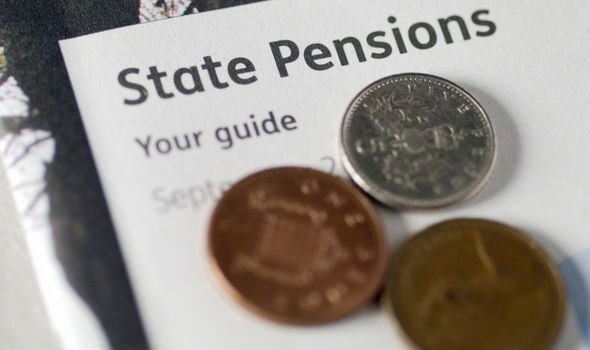

Technical Solutions
2nd August, 2019
Hot Topics
The State Pension – The Rules Reshaped
The 6th of April 2016 was a pretty ordinary day for most people, but in the pension world, we saw the biggest transformation of the UK State Pension for nearly forty years. In an attempt to reduce the rising cost of providing it, the Government and Treasury introduced a number of sweeping changes. Anyone receiving their State Pension after this date would see dramatic differences to their eligibility, the way it is calculated, and, should they wish to put off claiming their pension at state pension age, the way these deferred benefits can be paid.
What has changed?
1) Eligibilty:
Under the new rules, the number of years National Insurance Contributions needed to be eligible for the full pension increased from 30 to 35. In addition, a minimum of 10 years’ contributions are now needed to be eligible for any State Pension at all.
Many people will have a number of years in their National Insurance record before the changes were introduced. Thank fully, these years, along with any years of Graduated Pension, SERPS or S2P (top up schemes to the Basic State Pension) are not lost and will count towards your entitlement.
Whilst it is possible to get an estimate of your State Pension from the Pensions Service (https://www.gov.uk/check-state-pension), the Pensions Service have recently announced (to our amazement!) that there may be inaccuracies in the online projections for people who ‘contracted out’ of any of the top up schemes, so watch out if you think this could be you. Moreover, if you are contracted out and have received a projection, this may be worth revisiting to make sure it is correct.
The best way to get an accurate projection is to use The Pension Service, by completing a BR19 form (trusty old paper format). The results here are based on your personal National Insurance Record and take into account any periods of contracting out, so will give you the most accurate picture.
2) It is now great value to top-up your State Pension:
If your online or BR19 forecast shows you are not going to have the full 35 years needed for the full State Pension, it is possible to ‘buy’ years by making voluntary National Insurance contributions.
You can currently buy around £250 of annual, inflation linked State Pension for just £750! Provided you don’t already have (or won’t by the time you retire) 35 years of contributions and you live longer than three years after taking your benefits, this looks to be a no brainer.
3) Deferring the State Pension
If you are working at your State Pension age and want to postpone your benefits, under the new rules, the options around how to have your deferred amount paid to you is far more restricted than it has been in the past:
The minimum length of deferral has increased from 5 weeks to 9 weeks.
It is no longer possible to take any deferred amount as a lump sum; it is only payable as an increase to your income.
The pension amount will increase by 1% for every 9 weeks of deferral. This means your pension increases by 5.8% if you defer it for one full year. Or equivalently, for every one year you defer it, all else equal, you need to live for just over 17 years to receive the same benefit.
Summary
Even something as simple as the standard state pension can be a mind-field these days. The rules have changed significantly, so it is important to understand the benefits you may receive, and when they will be payable. Deciding whether to buy top up your pension can also be a complex area, with different aspects to consider.
If you have any queries at all about your entitlement, topping up, or deferring, we are here to help answer your questions.
Categories
Recently Written
Join our mailing list



